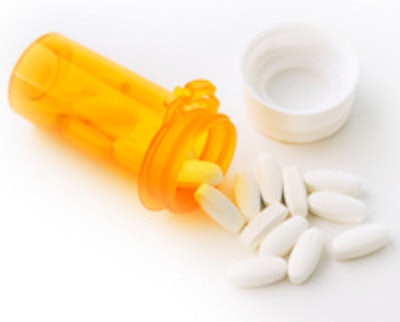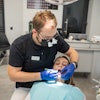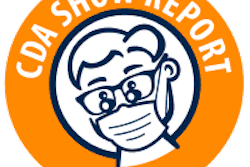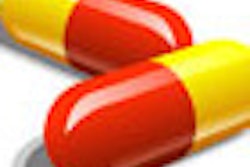
Some oral and maxillofacial surgeons (OMSs) may be inadvertently contributing to the improper consumption or sale of prescription pain medications, according to a new study in the Journal of Oral and Maxillofacial Surgery (September 2013, Vol. 71:9, pp. 1500-1503).
"The diversion of narcotics for nonmedical purposes has become a serious problem," wrote the study authors from Virginia Commonwealth University School of Dentistry. "One of the suggested potential sources ... has been the pain medications prescribed by oral and maxillofacial surgeons after the removal of impacted third molars that are not used completely."
To find out if OMSs routinely prescribe larger amounts of a narcotic than is needed to adequately control postoperative pain, the researchers developed an eight-question survey that was sent to 600 randomly selected members of the American Association of Oral and Maxillofacial Surgeons (AAOMS) -- 100 members in each of the six AAOMS districts.
Here are some of the survey questions:
- Do you prescribe a narcotic for patients who have impacted teeth removed?
- If yes, which of the following do you prescribe most often?
- What dose and how many tablets do you usually prescribe?
The survey also sought information about respondents' pre- and post-treatment practices regarding nonsteroidal anti-inflammatories, steroids, and local anesthetic.
Of the 600 questionnaires sent, 384 (64%) were returned, the researchers noted. Only two of the respondents stated that they did not prescribe a narcotic for patients following third-molar removal. The most frequently prescribed narcotics were hydrocodone (233), oxycodone (55), and codeine (five).
With regard to dosage, the most common for hydrocodone was 5 mg (144). However, the researchers found that 69 respondents prescribed 7.5-mg tablets and 20 prescribed 10-mg tablets. In addition, of the 55 who prescribed oxycodone, 50 prescribed 5-mg tablets, four prescribed 7.5-mg tablets, and one prescribed 10-mg tablets.
Of the 328 respondents who reported the exact number of tablets they always prescribe, the amount varied from 10 to 40, with the most common being 20. However, 80 respondents prescribed more, with 40 prescribing 30 tablets.
The number frequently suggested has been 20 tablets to be taken four to six times daily, the researchers noted -- although there doesn't appear to be any scientific basis for this, they added. Instead, it is based "on the clinical impression that the pain generally will last three to four days, reaching a maximum on the first postoperative day and gradually decreasing."
Thus, while 20 tablets would be more than sufficient, some clinicians prescribe more in case the pain lasts longer than four days, according to the researchers. This could put patients at risk because if the pain lasts that long, it could be an indication of infection or alveolar osteitis.
"It is important that clinicians use proper discretion in deciding the number of analgesic tablets to prescribe after the removal of impacted third molars," the study authors wrote. "It is clear that a significant number of patients receive more tablets than they will need to control their pain, opening the way for nonmedical diversion."
They suggest four steps to ensure appropriate postoperative use of analgesics for effective pain control:
- The clinician must select a drug that is potent enough to control the amount of pain expected.
- The patient should start taking the analgesic before the initial onset of pain.
- The analgesic should be taken on a regularly scheduled basis.
- Clinicians should prescribe smaller doses at frequent intervals rather than large doses at long intervals.
"Most oral and maxillofacial surgeons prescribe analgesic drugs of an appropriate type and dosage and use proper adjunctive pain control measures to supplement these drugs," the study authors wrote. "However, our findings also indicated that more than 20% prescribe more tablets than would generally be necessary to control the postoperative pain after the removal of impacted third molars."
This practice could be a source of drug diversion and nonmedical use, especially among young adults, and should be avoided, they concluded.



















